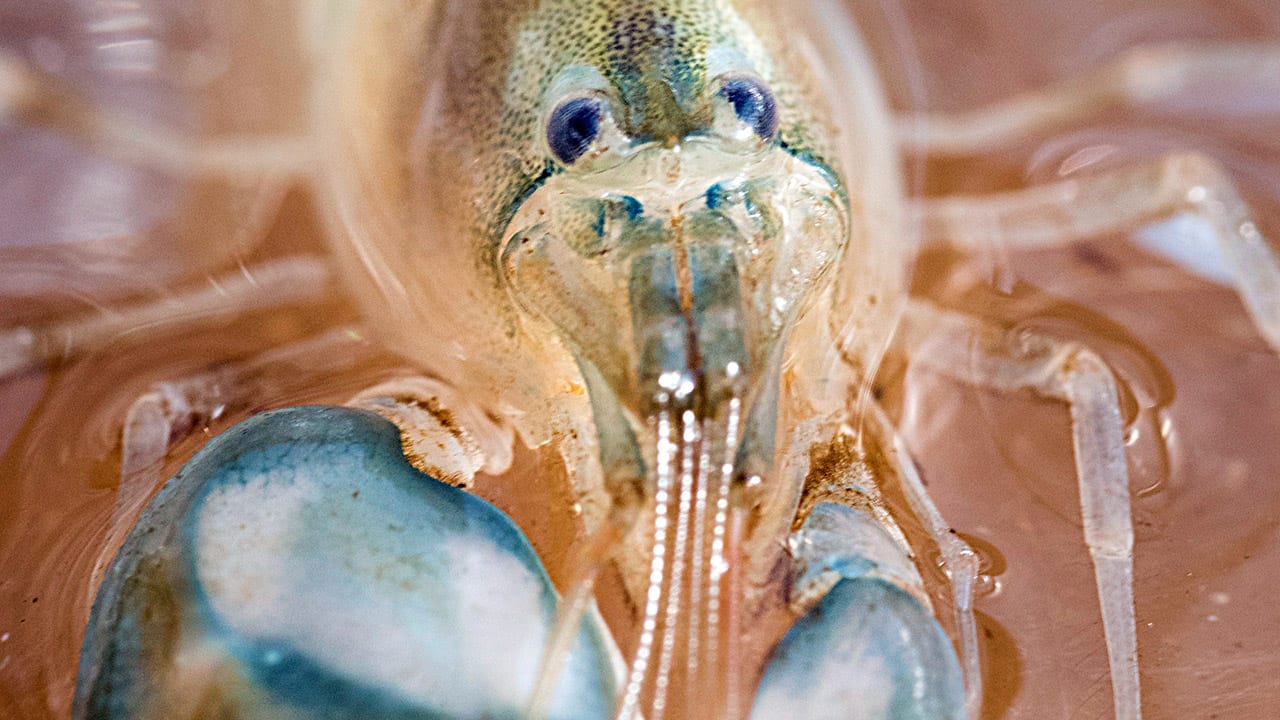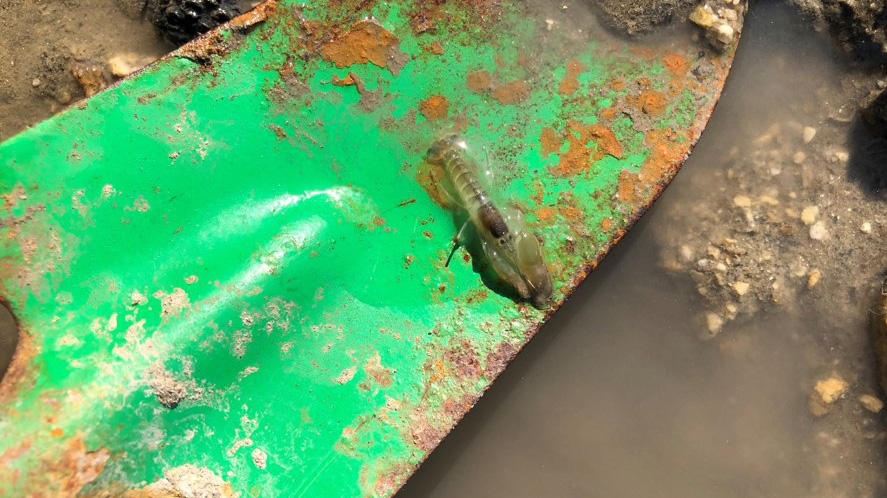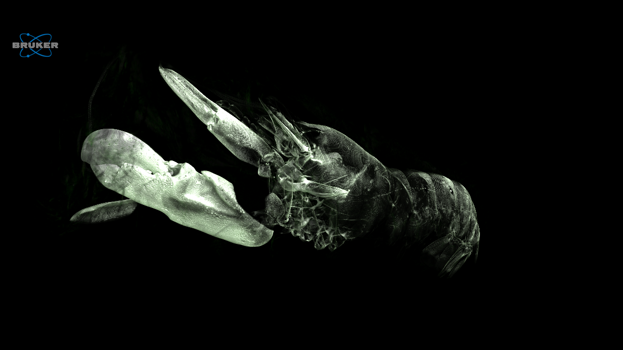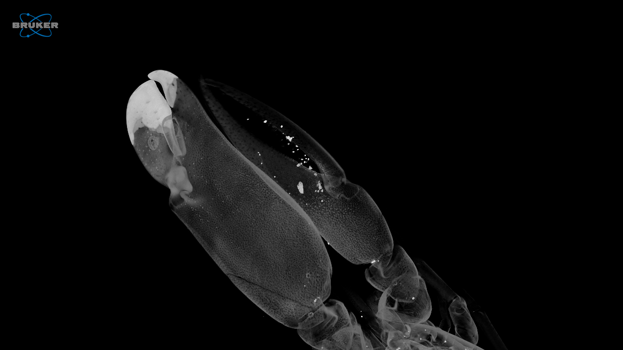Snapping Shrimp
Reef-dwelling snapping shrimp, members of the Alpheus and Synalpheus genera, are commonly the most ubiquitous biological sound source in coastal seas. These shrimp ‘‘snap’’ via the collapse of a cavitation bubble during rapid claw closure, generating broadband signals (> 200 kHz), typically peaking between 2 and 20 kHz. Individual snapping shrimp measure only millimeters to centimeters in average length (depending on species), but produce snap amplitudes up to 190 dB, among the highest amplitude sounds in the sea. Snapping shrimp are most often visually cryptic, with populations inhabiting crevices in rubble, sponges, coral heads, and other invertebrates (e.g., anemones, tunicates). The two genera comprise several hundred species with a variety of social structures, symbiotic relationships, and life history traits. Their snaps are reported to occur during aggressive conspecific and interspecific territorial interactions, as well as in response to environmental disturbances, during burrowing, and, possibly for prey capture.
Our lab studies snapping shrimp in both captive and wild settings, with the aim of understanding the behavioral and ecological drivers of snapping behavior and characterizing their sound production.



